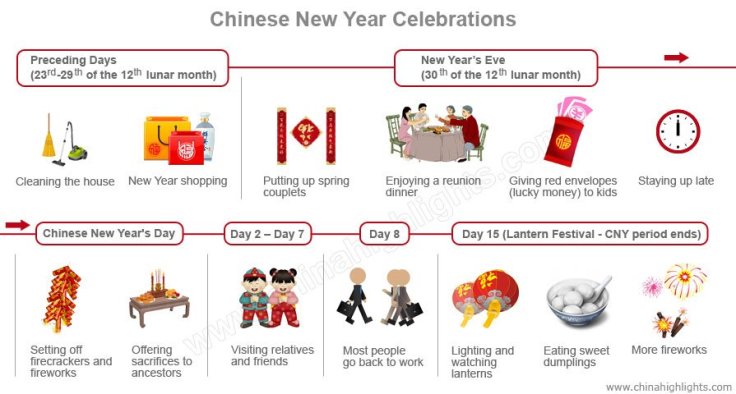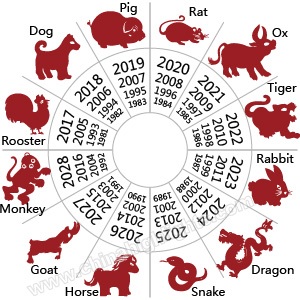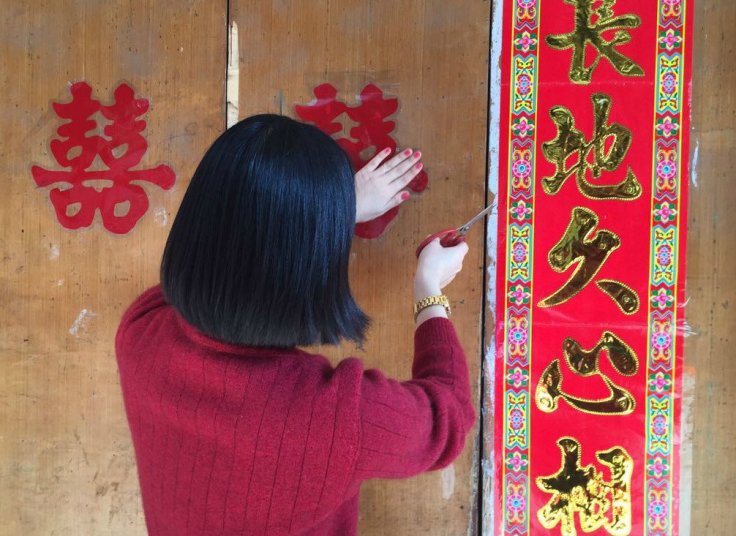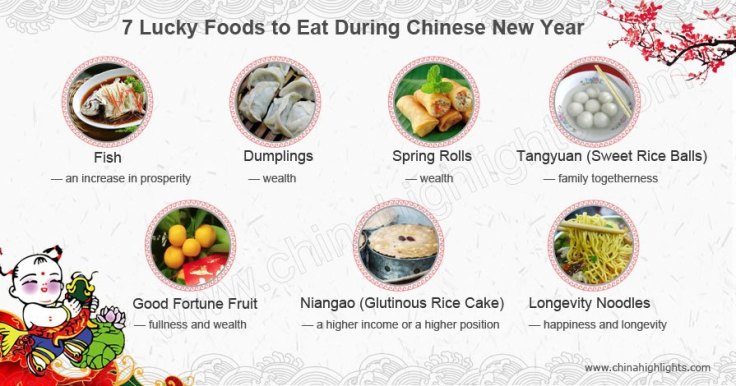Notes taken about CNY or Spring Festival which might be useful in context with my photographs
The dates of the festival change. It can fall between January 21st and February 20th and is determined by the Chinese lunar calendar. This year Chinese New year is on Saturday, January 25th. Important as I will document events leading up to and on that day. This holiday is not limited to just China as many Asia countries celebrate spring festival in some form. Its estimated that a quarter of the population do in fact celebrate this festival.

Its also called spring festival because despite it being cold this period traditionally marks the end of that coldest part of the year and is the start of Spring. Expect weather to pay a part in the series
There are twelve animals of the zodiac and they are the Rat, Tiger, Ox, Rabbit, Snake, Dragon, Horse, Goat, Monkey, Rooster, Pig and Dog. Like star signs in western culture they all have unique traits and certain people even want to have their children on certain years because of that fact. 2020 is the year of the Rat so I will be on the look out images of Rats.

The festival lasts for 16 days usually from new years eve to the Lantern festival which marks the end of the period. That means this year the festival runs from the 25th of January to the 8th of February. Important that I know that for reference and photographic planning.
Fire crackers which are now banned in most big cities were supposed to ward of evil spirits. Most of them are red and its said that China produces 90% of the world fire works.
Traditionally the event was for praying to the harvest gods but now its more associated with ones ancestors which still goes on today. A possible location for me to visit if appropriate.
Red envelopes are a traditional gift however something which now is more common is the act of giving digital money via WeChat this is something that would reflect a change in culture and is worth noting. traditionally linked to the idea that red is a way to ward of demons the envelopes colour combines with a traditional sense that its a season of good will as well as giving luck to the person you give that money too. There are even traditions based on how much you should give and who gives to who. A legend does say that a demon named sui came out at this time to terrify children while they were sleeping. Thus parents would stay up all night lighting candles to keep it at bay. However it is said that one person gave a child 8 coins and red paper and asked the child to wrap and unwrap the coins all night to keep them awake and avoid the demon. The child feel asleep however and the parents put it under the kids pillow. The demon came but a light from the coins scared the demon away. It turned out to be eight fairies. From then on parents gave their children red envelopes to protect their child.
Another legend which is relevant to me is the putting up of red couplets or signs around your door. This apparently date back to 1000 years ago when people wrote charms on peach wood and hung them on tree. In legend there was a huge peach tree on a mountain in the ghost world which was guarded by two men. They would catch ghosts who harmed people and send them to the tigers. All ghosts are scared of these guards so that’s why people started hanging peach wood with message outside their doors to scare evil things away. Later people wrote alternative messages and wood changes to red paper a symbol of luck. They remain to this day and are a symbol of good luck.
Red decoration is common on houses and door ways, as mentioned traditionally it was to ward of evil but its ever present in many things now. Red is now simply a lucky colour in China and represents many things such as happiness, good luck, success and good fortune. decoration which includes words of good luck and symbols are display every where. Traditions like hanging lanterns and paper cutting also take place.

Traditional practices such as dragon dances which a lot of westerns see on tv or China towns across the world are traditionally done for good luck and drive away evil but now are mainly done to add to the occasion.
The holiday results in some amazing numbers being thrown around. The main one is the sheer volume of people that travel. It is stated its the world biggest annual migration with over 200 million people traveling during this period. People returning home from places they study or work or others traveling for leisure. For what ever reason they do it cause havoc on the transport systems.
Food is a big part of the culture. Eating dumplings being one of the oldest ones in the shape of old silver an gold ingots (old money) which is believed to bring prosperity for the coming year. While there are many traditions based around food these area the most common eaten. Fish has many interesting traditions such as which type of fish you eat gives you certain luck as well as the method you eat it! A lot of traditions or things that are deemed to give you luck come from the word sounding like something similar. For example.
The first character of ‘crucian carp’ (鲫鱼 jìyú /jee-yoo/) sounds like the Chinese word 吉 (jí /jee/ ‘good luck’), eating crucian carp is considered to bring good luck for the next year. Eating and displaying tangerines and oranges is believed to bring good luck and fortune due to their pronunciation, and even writing. The Chinese for orange (and tangerine) is 橙 (chéng /chnng/), which sounds the same as the Chinese for ‘success’ (成). One of the ways of writing tangerine (桔 jú /jyoo/) contains the Chinese character for luck (吉 jí /jee/). 团团圆圆 (Tuántuán yuányuán /twann-twann ywen-ywen/ ‘group-group round-round’): Happy (family) reunion!
Cindy Tang. China Highlights.com – 2019

Symbols and gifts which are common are throughout the holiday. The holiday starts with cleaning the house and buying new clothes some of which are red but there are many other things to look out for and things to do or not to do. Understanding these traditions is an important step for me to be able to spot them when I am photographing and recognise there importance during this time. Knowing the back story will also help me relate with the subject matter as well as when I talk with people not only show respect to to the traditional but also engage in conversation better with them.
Referenced from
Here are 22 interesting facts about Chinese New Year. Chinahighlights.com. Cindy Tang. 2020. At https://www.chinahighlights.com/travelguide/festivals/new-year-facts.htm (Accessed 16 Jan 2020)
Top 3 Chinese New Year Stories/Legends. Chinahighlights.com. Cindy Tang. At https://www.chinahighlights.com/travelguide/festivals/chinese-new-year-legends.htm (Accessed 16 Jan 2020)
Chinese New Year Food: Top 7 lucky foods and symbolism . Chinahighlights.com. Cindy Tang. 2019. At https://www.chinahighlights.com/travelguide/chinese-food/chinese-new-year-food.htm (Accessed 16 Jan 2020)
